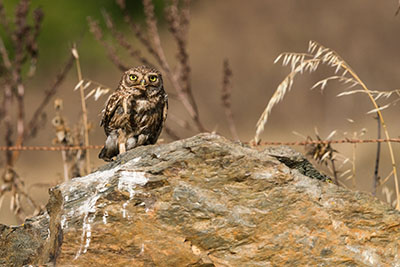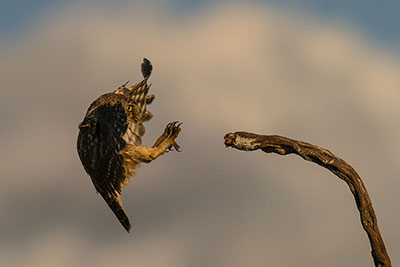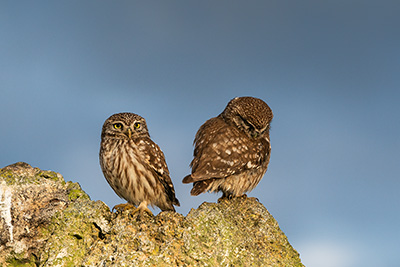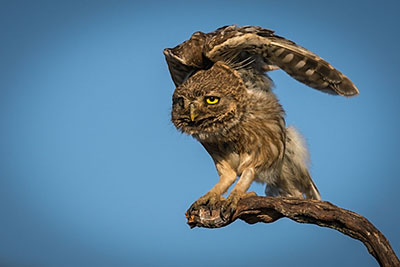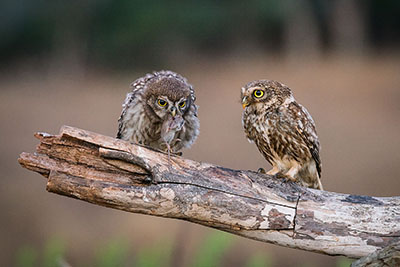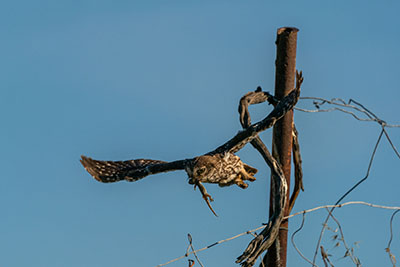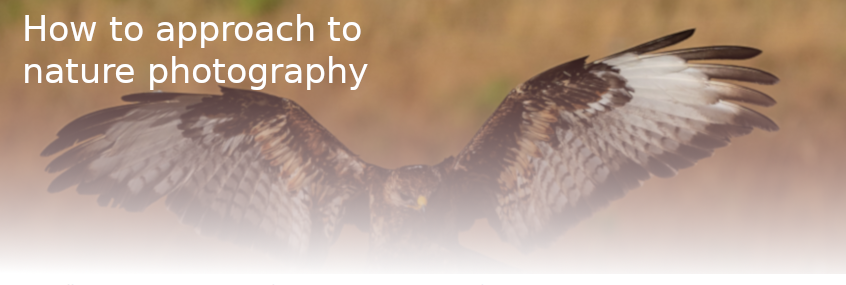
Little owls
Introduction
![]()
Little owls are for me, after the owls, one of the most fascinating nocturnial raptors, even because in Sardinia we don't have eagle owls, that I think they're the best one, as well as the snowy owl.
To see them, they're so cute and fluffy, but they're a really skilled hunter, so during the breeding season they can hunt a lot of prey in order to feed their chicks.
What to know

Before start to photograph little owls, let me say that the first thing you have to think about them, is their safety. In my opinion preserve their safety is vital, not only for this specie, but for all species. Respecting the nature, the little owls as well, should be a "must-do" for any wildlife photographer. Instead I often saw bad behaviour from some guy who pretend being nature lovers...But carry we on!
On the Net there are a lot informations about owls, in any languages, so the best tips I can give you, is to read them before to do anything. The knowledge is really important in this field.
Little owls are nocturnial birds. They mainly hunt during the night, but it's quite easy to find some during the daytime, mostly during the breeding season. But for the same reason you'll have an opportunity to find them, as I'm going to tell you in the next paragraph.
As I said before, they're a skilled hunter, but some guys put a prey near their nest, in order to attract them only to make a better photo. Please, don't do that!! If you are only a social "like-man", don't think that everybody don't know how you have taken your photo in that pathetic way.
The best "weapon" is the patience. My first activity, when I found a nest, is to study from far with a binoculars, their movements. In this case I need to know what are their main perches, because every little owl has one, so you have to discover it before doing anything. After that you have to understand where put yourself for the photographic session. It depends by many factors: if the nest is in the middle of a field, or near an ancient house, or near a rock, or in a tree as well. In any case you have two options: the first one is to build a blind, the second one is to use a portable blind. Building a blind is, in my opinion, the best choice because day after day, the little owls will get used to the blind, and they won't scared for some movements inside the blind itself or for some noise made by you. If you are alone inside the blind, or with a friend, remember to speak with a low voice, even though some little noise is well accepted from them. Instead big movements scare a lot, so, please make small movements, like moving the tripod or the lens for some reason. In this case it's easy that the little owl will fly away.
But what's the best moment to get into the blind? During the night of course!! Yes, you have to arrive at least one hour before the sunrise, and to wait and to hope they haven't seen you when you're getting into the blind. Using a flash is possibile, but depend to the subject. Many are scared from a strong light, and it could be dangerous for their eyes. In some occasion I used a led light only for focusing the perches, or for some short shoot. But when I used a flash the little owl flown away, so I don't recommend its use.
Someone might ask itself how to build a photographic blind. It isn't difficult to do, but I going to tell you in another episode, but basically it's a tent covered by a camouflage sheets. I've got a commercial photographic blind, a Tragopan, and it's very, very useful and comfortable. It has everything you need for taking picture: small windows for seeing outside, hinges for the tripod legs, and others features. Yes, it'a a bit expensive to be a tent, but they're well done, light and made in different natural patterns.
A very important aspect of building a photographic blind is the owner of the field. For not having any surprise, and to be right, always ask to the owner of the field the permission for building your blind. If you can't, because you don't know the owner or you don't know where he/she lives, is better to use a commercial blind in order to use as you need and only for that photographic session.
Ahhh!! I was forgetting to say you a thing... Remember to bring a small camping chair. Staying on the ground for many hour isn't achievable. Then some food and drink (maybe coffee), during the waiting are always welcome!!
Another thing about the blind is the distance from the little owls. How distance should be it? Depend on your lens, but at least four or five meters is the minimum security distance. A shorter distance might frighten the little owls and they might not arrive. About the lens read below.
How long have you stay inside the blind? As always depend. The little owls could stay outside the nest for many hours, so you have to be prepared to wait for a long time before going away. The best moment is when they fly away for some reason or when they go sleeping. Be quick and go away.
Where to find
![]()
If you have read something about the little owls, you should have understood where to find them... Anyway, usually their nest are holes somewhere: on the ground, a rock, a tree, an hold house or in a pile of stones. Yes, often you'll find them on a pile of stones, so when you'are going around in the countryside, try to look with a binoculars any pile of stones. If you'll be lucky, you'll see them.
Another way is looking for their pellets. Many raptors, but not only them, regurgitate regularly undigested food: hairs, feathers, bone parts and so on. So when you find it someones, probably you're near the nest or the place where they usually eat.
How to photograph
![]()
This is the last part of a researching and studying process, where every efforts will be paid off with amazing pictures.
Due to the distance from the nest, is desirable using long-focus lenses, in order to have a nearer image of the little owl, even because they're quite small. It doesn't matter wich camera you're using if you're interested only in portrait-photo of the little owl. I mean that in that situation is not important to have a fast camera with a high-frame shooting rate, but a camera with a good sensor, maybe an high-resolution sensor. But, as always happen, the most important aspect of the picture is related to the lens used. In low light situation, having a prime-lens is always a very good opportunity to get wonderful pictures. A 500mm f/4 lens, or if you can a 600mm f/4, will offers you a lot of opportunity to get the right photos, as well as using standard zoom lenses, like Sigma and Tamron 150-600mm, Nikon 200-500mm, Sony 200-600mm. Usually these last lenses are not so fast, so taking little owls flying could be really challenging, but not impossible. In this case having a tripod with a gimbal-head is the best solution, because it allows you to follow the subject easily. Of course, to take a picture of a bird flying needs very fast shutter speed, at least 1/2000 of second. So check if your camera allows to you to get that shutter speed in low light situation, because you'll have to wait a good light. For BIF (Birds-In-Flight) I always use the maximun frames per second that my camera gives me (20 frames per second with the Sony A9 using the electronic shutter) and I set the minimum shutter speed of 1/2000 of second. Then I use the A mode (aperture priority) and set an automatic ISO with a maximum limit of 6400 ISO. With these settings I'm pretty sure to get the proper photo. Following a birds in flight is difficult, but if you know what perch it usually uses, you can anticipate the little owl putting the framge just on that: put the view on the perch and wait until the little owl starts flying in that direction, so you can start shooting until the little owl get to perch (if you are fortunate of course). Maybe you'll need some tries before achieve a good result, but never give up!!
For portrait photos, is always a good idea using a remote control, in order to avoid camera shaking, even though you're using a tripod.
Conclusion
This short article is ended and I hope it will be useful in some way. Every picture showed here is mine and took with Sony gears. If you have some trouble don't hesitate to contact me.
See you!!
Bye
What do you think?
Send us feedback!
